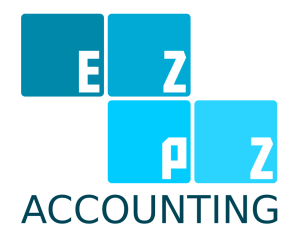Quarterly vs. Annual Tax Filing: Which Approach is Best for Your Business?

Taxes may not be the most exciting part of running a business, but they are one of the most important. As a business owner, you have a choice when it comes to how often you file taxes: quarterly or annually. Each approach has its pros and cons, and choosing the right one depends on factors like your cash flow, business structure, and overall financial goals.
Quarterly Tax Filing: Staying on Top of Payments
Quarterly tax filing means you’re making estimated tax payments four times a year rather than waiting until the end of the year. The IRS requires certain businesses—especially self-employed individuals, freelancers, and corporations that expect to owe more than $500 in taxes—to pay quarterly. This method helps break up your tax liability into smaller, more manageable payments.
One of the biggest advantages of quarterly filing is that it helps prevent a large, unexpected tax bill at the end of the year. By making smaller payments throughout the year, you can keep better control over your cash flow and avoid scrambling to find a lump sum when tax season arrives. It also helps you avoid IRS penalties for underpayment, which can happen if you don’t pay enough throughout the year.
However, quarterly filing requires staying organized. Since payments are due every few months, you’ll need to keep up with bookkeeping and set aside money regularly. If you have fluctuating income, estimating what you owe each quarter can be tricky, and there’s always the possibility of overpaying or underpaying. That’s why many business owners work with accountants or use accounting software to stay on track.
Annual Tax Filing: Simplifying the Process
Annual tax filing, on the other hand, means you file your taxes once a year, typically by April 15. This method is common for smaller businesses, sole proprietors with minimal tax liability, and businesses that don’t meet the IRS threshold for quarterly payments. For those who prefer simplicity, annual filing eliminates the need to calculate taxes multiple times a year and allows for a more streamlined approach to record-keeping.
One of the biggest perks of annual filing is that it reduces administrative work. Instead of making tax payments every few months, you can focus on running your business and handle taxes in one go. It also gives you more time to evaluate your financial situation throughout the year, make smart deductions, and plan for tax-saving strategies.
The downside? If you’re not setting aside money throughout the year, you might face a large, unexpected tax bill when filing time comes. This can be stressful, especially if cash flow is tight. Additionally, if you owe a significant amount in taxes but haven’t paid estimated taxes, you could be hit with penalties for underpayment.
Which Approach is Best for Your Business?
There is no one-size-fits-all answer. It depends on your business structure, income level, and financial habits. If your business has steady income and you like staying ahead of tax payments, quarterly filing might be the way to go. If you prefer simplicity and don’t expect to owe much in taxes, annual filing might work better.
Regardless of the method you choose, staying organized, keeping detailed records, and consulting with a tax professional can help ensure you’re making the best decision for your business. After all, taxes are just another part of the journey—so why not choose the path that works best for you?
